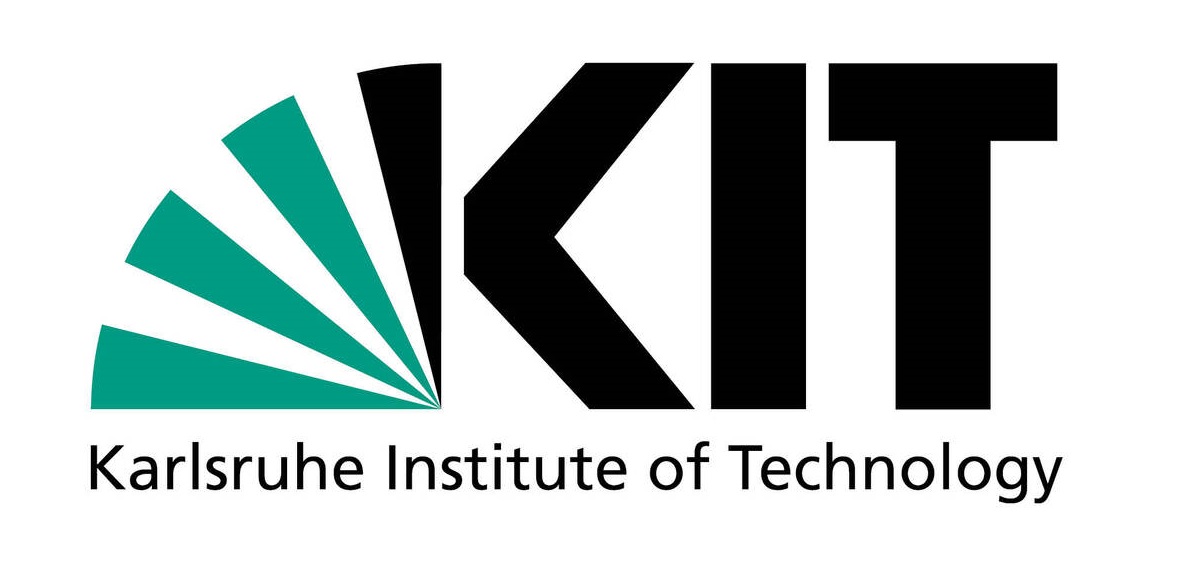The aim of the transfer project is the production of highly stressed drive shafts for electric drive concepts with reduced damage and thus increased performance by incremental forming processes. The processes used for this purpose are radial swaging for the production of hollow shafts with undercuts and variable wall thicknesses and spline drawing for the production of longitudinal splines. To this end, the basic knowledge developed in CRC/Transregio 188 on the relationship between load path, damage and performance is to be transferred to a complex, industry-oriented process sequence.
During the 2nd FP of the collaborative research center TRR188, the findings of the 1st FP were transferred to an industrial application: manufacturing Monobloc Tubular Shafts (MTS) at GKN Automotive, with the numerical support of Hexagon. The process chain of incremental radial forging and subsequent spline extrusion with heat-treatment steps was investigated in the transfer project T01. Damage evolution depending on the process parameters during radial forging and spline extrusion and the influence of heat treatment have been determined in this industrial application. Numerical simulations of the first process in the chain, radial forging, showed that material zones in the hollow shaft exhibit alternating positive and negative stress triaxiality during a hammer stroke. Damage in the formed tube can be controlled with the hammer velocity and angular increment during radial forging. With an increase in the radial feed velocity the density of the part decreases, indicating that the void volume and, thus, damage in metal increases. However, additional effects like the influence of load-path changes and strain rate on the flow curve of the workpiece material and the subsequent damage evolution were not part of the investigation. It was also observed that radial forging leads to cracks on the surface of the shaft along the axial direction. In-situ investigations showed that multiple load-path changes lead to decohesion of the non-metallic inclusions from the steel matrix. The second process in the chain is the axial forming process, i.e., spline extrusion. The numerical analysis in T01 revealed the presence of zones with positive stress triaxiality near the flank zone of the die shoulder-opening and on the inner contour of the hollow shafts. Hence both the outer and inner surfaces are critical in radial forging and also in spline extrusion. In the final step, the shafts are heat-treated to transform the 34MnB5 ferritic-pearlitic microstructure into a martensitic microstructure. Such a heat treatment led to the formation of MnO inclusions in the shaft with local ferritic zones. Metallographic investigations of the hardened specimen showed the presence of a higher density of voids, with a high aspect ratio. Due to stress localization, the shape of voids plays a vital role in fracture initiation during service under dynamic loading.
The new transfer project T04 aims to investigate all the new phenomena discovered in T01 and to demonstrate at the end of a damage-controlled industrial process chain, a complex component with measurable higher performance.







